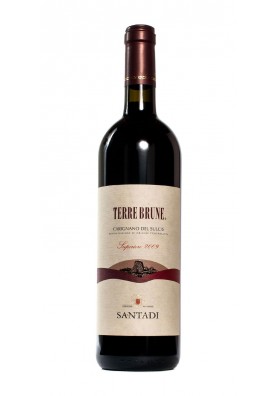List of products by brand Cantina di Santadi
The Santadi Winery came into being in1960, when a group of grape growers, coordinated by ETFAS, the Land Reform Board of Sardinia, joined forces to set up a cooperative winemaking and marketing business.
History
The place was – and is – Santadi, south-western Sardinia, in the heart of the Sulcis district.
Up to the 1980s, the Winery confined its activity to producing and selling bulk wine, only making a few half-hearted attempts at bottling.
A leap of faith was needed, and it came in the mid 1970s, when a new Board of Directors took office, headed by Antonello Pilloni (who remains the Chairman to this date). The new team saw that a change of tack was needed, and lost no time in securing the assistance of the internationally famous oenologist Giacomo Tachis who soon grew to love this land took the future of the Winery to heart. Under his guidance, the quality of the Santadi wines skyrocketed, securing them a breakthrough in the main markets, which immediately recognised their outstanding quality and strong identity.
Since then, the only direction has been upwards, as the Santadi wines continue to spread and reap appreciation worldwide. A success story made possible by the whole team, which includes the grape growers, directors, marketing staff and all winery workers, forming a reservoir of expertise that is an asset for the whole territory.
Vinery
The winery covers an area of about 18,900 m2. It includes the grape receiving area, the winemaking areas, the cement tanks, the barrique cellar, the bottling line and the controlled temperature warehouse for storage of the bottled wine.
Part of the original building, dating from the 1960s, has been refurbished and converted to host the administrative, marketing and management offices, the meeting room and the wine shop.
The winery has state-of-the-art winemaking equipment.
The cellars have been extended and designed to optimize the storage of both bottled and maturing wines.
Vineyards
Different grapevine varieties can be used as a source of wine grapes, each having particular characteristics, such as the shapes and colours of the grape berries and bunches and of the grapevine leaves, as well as their different ripening periods and above all for the differing organoleptic characteristics of the wines obtained from them.

